Places We’ve Been: Discovering Pattaya – A Tropical Paradise Of Excitement And Culture
Pattaya, a dynamic coastal city gracing the Gulf of Thailand, beckons travelers with its famed nightlife, breathtaking beaches, and a rich tapestry of cultural experiences. The CiHMS team recently had the distinct pleasure of immersing themselves in this vibrant locale, deploying our cutting-edge hospitality solutions to hotels and resorts that dot the landscape. Allow us to guide you through our adventures, sharing insights into this tropical haven where relaxation, entertainment, and cultural immersion intertwine to create an unforgettable experience.

Unveiling Pattaya: A Fusion of Accessibility and Allure
Strategic Location and Effortless Accessibility
Nestled approximately 150 kilometers southeast of Bangkok, Pattaya boasts a strategic location that makes it easily accessible to both domestic and international voyagers. As detailed in “Transportation Options from Bangkok to Pattaya,” a plethora of travel options awaits, including buses, taxis, private cars, and trains. For budget-conscious travelers, buses present an economical choice, with fares ranging from 100 to 200 THB and a journey time of 2-3 hours. Taxis and private cars offer a swifter 2-hour commute, albeit at a higher cost of around 1,500-2,000 THB. Citing the “Pattaya tourism statistics report,” the city’s accessibility has been a major catalyst for its popularity, drawing in millions of visitors annually. The CiHMS team wholeheartedly appreciated the convenience afforded by the city’s proximity and diverse transit options, which greatly facilitated their deployment endeavors.
Initial Impressions: A City of Contrasts
Upon their arrival, the CiHMS team was immediately captivated by Pattaya’s distinctive blend of modernity and traditional Thai culture. The bustling streets, vibrant markets, and stunning coastal vistas created an atmosphere that was both invigorating and enchanting. Pattaya’s unique appeal lies in its ability to cater to a diverse spectrum of interests, from those seeking solace on pristine beaches to those eager to delve into cultural landmarks and revel in the city’s electrifying nightlife. This dynamic environment seamlessly aligns with our overarching mission to elevate hospitality operations through the implementation of innovative solutions.
Coastal Delights: Beaches and Beyond
Beach Road: The Epicenter of Coastal Allure
Pattaya’s Beach Road serves as the pulsating heart of the city’s coastal appeal, exuding a vibrant atmosphere brimming with shops, restaurants, and entertainment venues. The CiHMS team thoroughly enjoyed leisurely strolls along the beachfront, soaking in the lively ambiance and partaking in a variety of water activities. As “Pattaya Beach Road” highlights, meals can be found for as little as 100 THB, and drinks from 50 THB. Visitor reviews consistently laud its vibrant atmosphere and accessibility. Beach Road caters to every whim, offering everything from exhilarating jet skiing and parasailing experiences to tranquil moments of relaxation on the sun-kissed sands. CiHMS aspires to bolster the seamless integration of these services through the implementation of efficient management systems.
Koh Larn: An Island Paradise
A short boat ride from Pattaya transports you to Koh Larn, a serene island celebrated for its pristine beaches and crystal-clear waters. The CiHMS team embarked on a rejuvenating day trip to Koh Larn, indulging in snorkeling adventures and exploring the island’s stunning natural landscape. According to “Koh Larn (Coral Island),” tour prices range from approximately 1,000 to 1,500 THB per person, and recent visitor experiences have been overwhelmingly positive, particularly with regards to snorkeling and beach relaxation. The island provides a tranquil escape from the bustling city, making it an ideal haven for relaxation and aquatic escapades. CiHMS can play a pivotal role in facilitating the efficient booking and management of these excursions for local operators.

Cultural Immersion: Exploring Tradition and Art
Sanctuary of Truth: A Testament to Artistry and Spirituality
The Sanctuary of Truth stands as an awe-inspiring architectural masterpiece, showcasing traditional Thai craftsmanship and philosophical concepts. The CiHMS team was profoundly moved by the intricate wooden carvings and the sheer grandeur of the structure. As noted in “Sanctuary of Truth,” the sanctuary attracts a diverse array of domestic and international visitors who share a passion for culture and architecture. Constructed in 1981, the sanctuary’s unique wooden structure, assembled without the use of nails, stands as a testament to human creativity and spiritual devotion, providing an unparalleled cultural experience.
Nong Nooch Tropical Garden: A Botanical Paradise
Nong Nooch Tropical Garden is a sprawling botanical paradise, encompassing meticulously landscaped gardens, captivating cultural shows, and a variety of themed areas. Research indicates that “Nong Nooch Tropical Garden” welcomes over 1 million visitors each year, who come to revel in its popular attractions and expansive gardens. CiHMS team members were mesmerized by the vibrant colors, diverse plant species, and traditional Thai garden design. This immersive experience underscored the importance of preserving natural beauty and cultural heritage, values that CiHMS seamlessly integrates into its operational philosophy.
Nightlife and Entertainment: Experiencing Pattaya’s Energetic Pulse
Walking Street: Where the Night Comes Alive
Pattaya’s Walking Street is a world-renowned entertainment district that springs to life after dusk, offering a dazzling array of bars, clubs, and live music venues. The CiHMS team ventured into Walking Street to immerse themselves in the city’s vibrant nightlife and gain firsthand insights into the local entertainment scene. “Pattaya Walking Street” reveals that the average nightly foot traffic numbers in the thousands. While generally safe, the area can be crowded, necessitating visitors to remain vigilant of their surroundings. CiHMS recognizes the paramount importance of security and crowd management in fostering safe and enjoyable experiences for visitors, a facet that can be supported through the utilization of CiHMS’s guest management features.
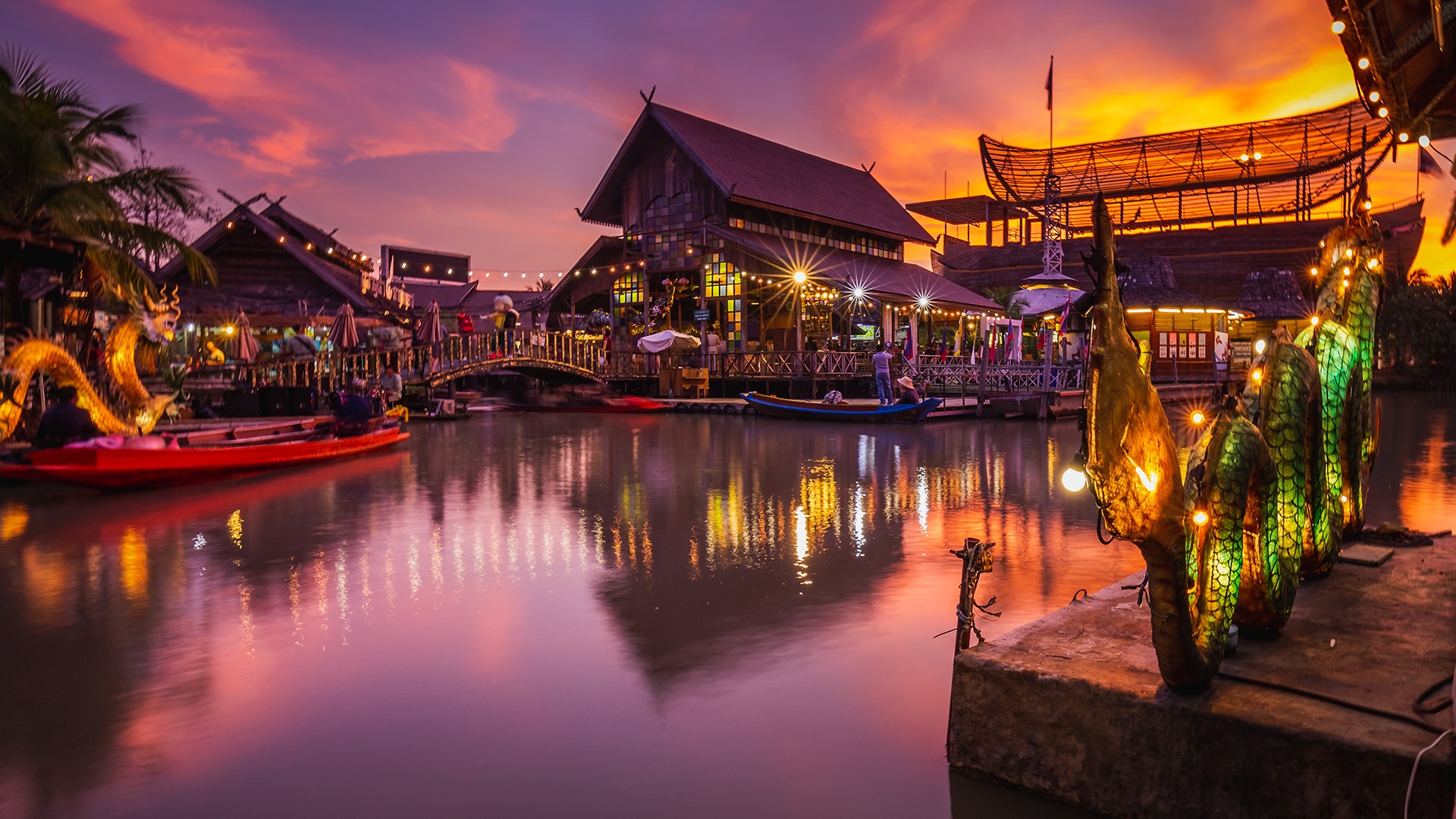
Cultural Extravaganzas: A Spectacle of Artistry
Pattaya also boasts a plethora of cultural shows, including the Alcazar Cabaret, a mesmerizing performance showcasing elaborate costumes, dazzling sets, and exceptionally talented performers. The CiHMS team attended the Alcazar Cabaret and was thoroughly impressed by the sheer artistry and creativity on display. Documentation reveals that Alcazar Cabaret offers multiple shows daily. This show is a must-see for visitors. The overwhelmingly positive audience reviews and the imperative need for organized ticketing and reservations perfectly align with the capabilities that CiHMS offers to enhance the customer experience and streamline operations.
A Culinary Odyssey: Savoring Local Flavors
Street Food Sensations: A Gastronomic Adventure
Pattaya’s street food scene presents a culinary adventure, offering a diverse array of delectable and affordable dishes. The CiHMS team embarked on an exploration of the local markets, sampling a variety of must-try dishes such as Som Tam (papaya salad) and Tom Yum soup. “Pattaya Street Food” indicates that meals can be found for an average price of 50-100 THB, with popular stalls generally maintaining high standards. The vibrant flavors and enticing aromas of Pattaya’s street food left an indelible mark.
Floating Markets: A Unique Dining and Shopping Experience
Pattaya’s floating markets offer a unique dining and shopping experience, allowing visitors to sample local cuisine and purchase handicrafts from vendors operating from boats. The CiHMS team explored one of the floating markets, marveling at the vibrant atmosphere and sampling a variety of local delicacies. According to “Pattaya Floating Markets,” several markets exist, including the Four Regions Floating Market, offering local food, handicrafts, and souvenirs, resulting in overwhelmingly positive tourist reviews for the unique shopping experience. The team’s experience highlights the need for seamless vendor and transaction management, a capability that CiHMS can seamlessly facilitate across various point-of-sale systems.
Adventure and Activities: Thrills and Excitement Await
Water Sports: An Adrenaline Rush
For adrenaline enthusiasts, Pattaya offers a wide array of water sports, including parasailing, jet-skiing, and windsurfing. The CiHMS team indulged in some of these thrilling activities, experiencing the exhilaration of soaring above the water and speeding across the waves. “Water Sports in Pattaya” highlights that the average cost for parasailing and jet-skiing is 800-1,200 THB per session. The availability of skilled vendors along the coasts and the enforcement of standard protection equipment contribute to a safe and secure environment for visitors to enjoy themselves. These water sports underscore the importance of secure booking platforms and integrated payment processing, functionalities that CiHMS seamlessly provides.
Beyond the Beaches: Exploring Pattaya’s Diverse Attractions
Pattaya is also home to a plethora of other attractions, including Ripley’s Believe It or Not, Pattaya Viewpoint, and the Night Bazaar, offering a diverse range of entertainment and shopping experiences. The CiHMS team explored some of these attractions, further immersing themselves in the city’s unique cultural landscape. Overall, Pattaya boasts a diverse array of attractions that visitors will find captivating.
Essential Travel Tips and Recommendations
Optimal Time to Visit
The most favorable time to visit Pattaya is during the cool and dry season, which spans from December to April, when the weather is pleasant and conducive to outdoor activities. According to “Best Time to Visit Pattaya,” weather patterns and festival schedules should be considered, with Songkran in April being a major event. However, this period also marks peak season, so be prepared for higher prices and larger crowds. The CiHMS team noted the presence of crowds during their trip, prompting them to exercise caution and remain vigilant.
Accommodation Options
Pattaya offers a wide range of accommodation options, from budget-friendly guesthouses to luxurious resorts such as Grande Centre Point Space Pattaya and hotels. For visitors seeking convenience and comfort, hotels located near Beach Road and Central Pattaya are ideal choices.
Cultural Considerations
When visiting Pattaya, it is crucial to demonstrate respect for local customs and traditions. Dress modestly when visiting temples and religious sites, and refrain from public displays of affection. According to “Cultural Etiquette in Pattaya,” casual yet respectful attire is recommended.

A Treasure Trove of Experiences
The CiHMS team’s sojourn in Pattaya proved to be an unforgettable experience, brimming with excitement, cultural immersion, and relaxation. From the stunning beaches and vibrant nightlife to the awe-inspiring cultural landmarks and delectable cuisine, Pattaya truly offers something for everyone. As the CiHMS team deployed our cutting-edge hospitality solutions, the team gained a deeper appreciation for the city’s unique character and the paramount importance of delivering exceptional guest experiences. CiHMS extends an invitation to explore Pattaya and unlock the magic of this tropical paradise for yourself, a paradise that has witnessed an influx of 9.44 million visitors and whose tourism sector has made a significant contribution to Thailand’s economy, generating billions of baht annually. CiHMS hopes this blog has served as a helpful guide, providing insights into the CiHMS team’s experiences in Pattaya.
Learn More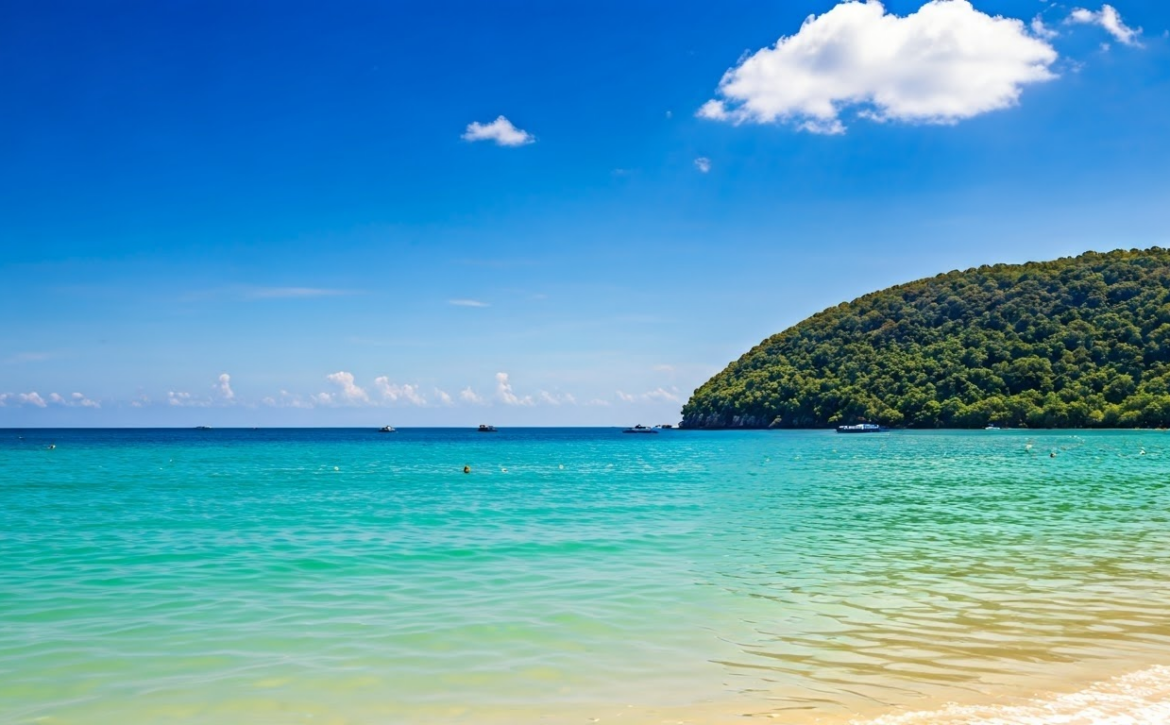

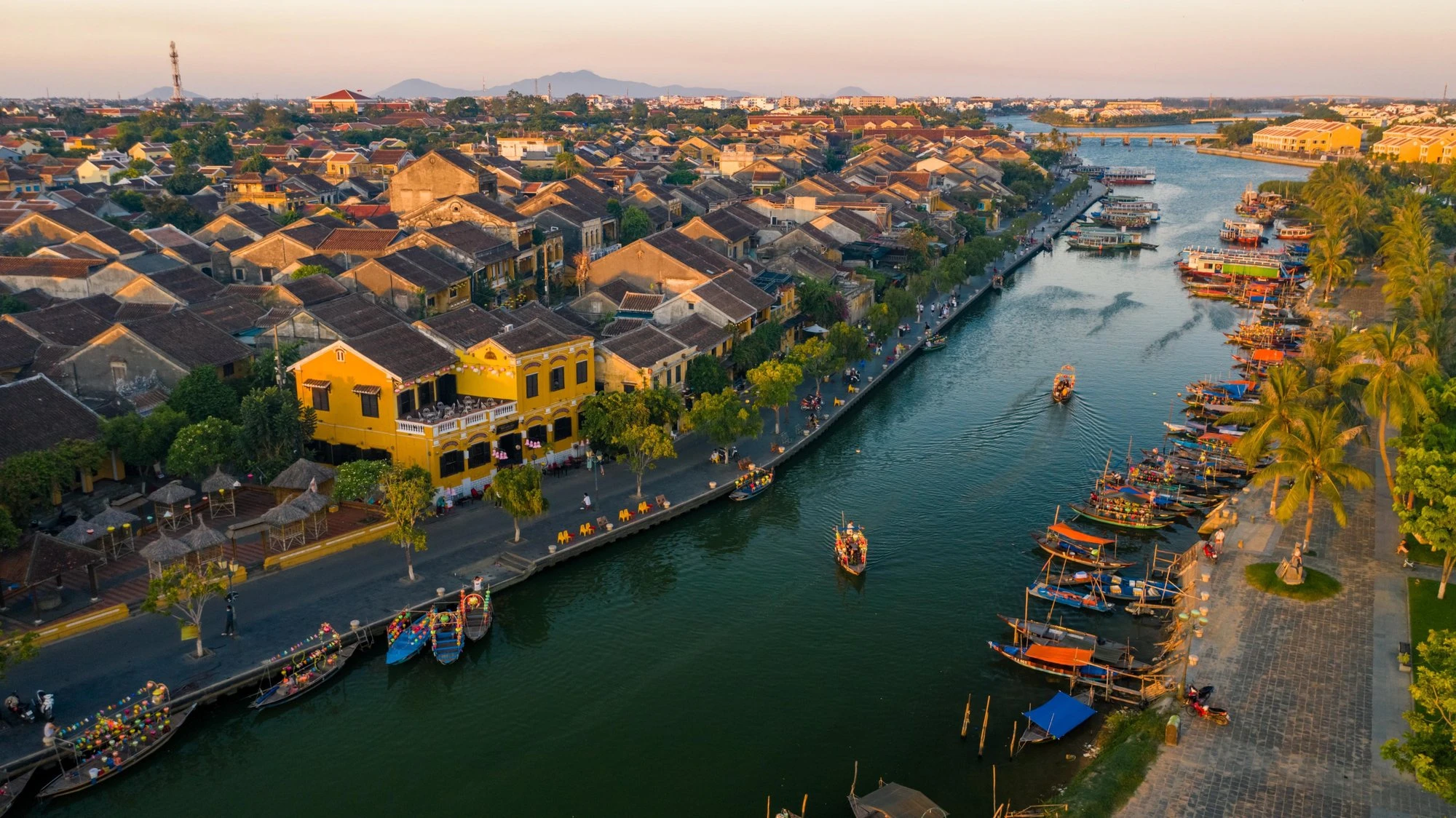
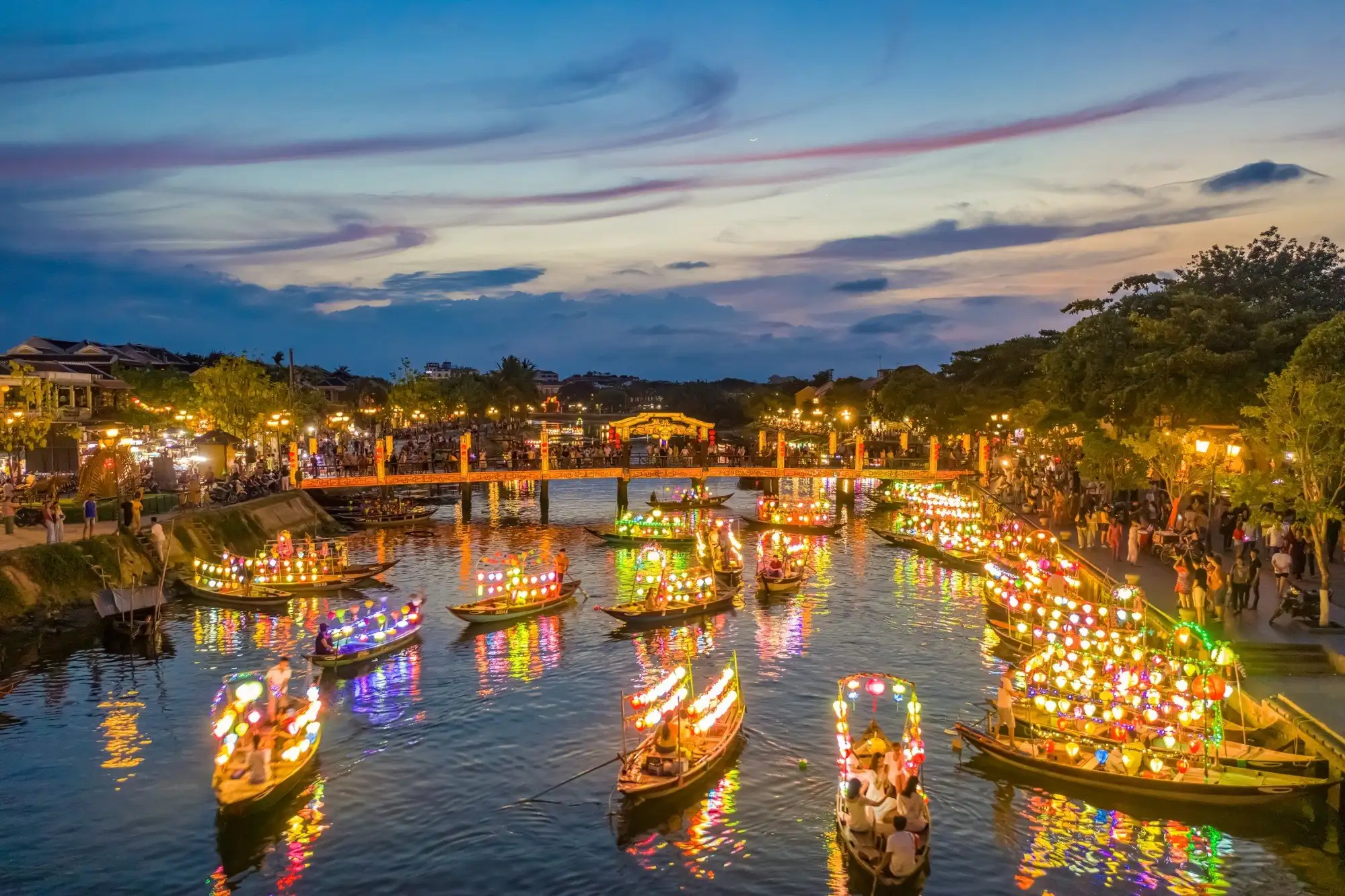
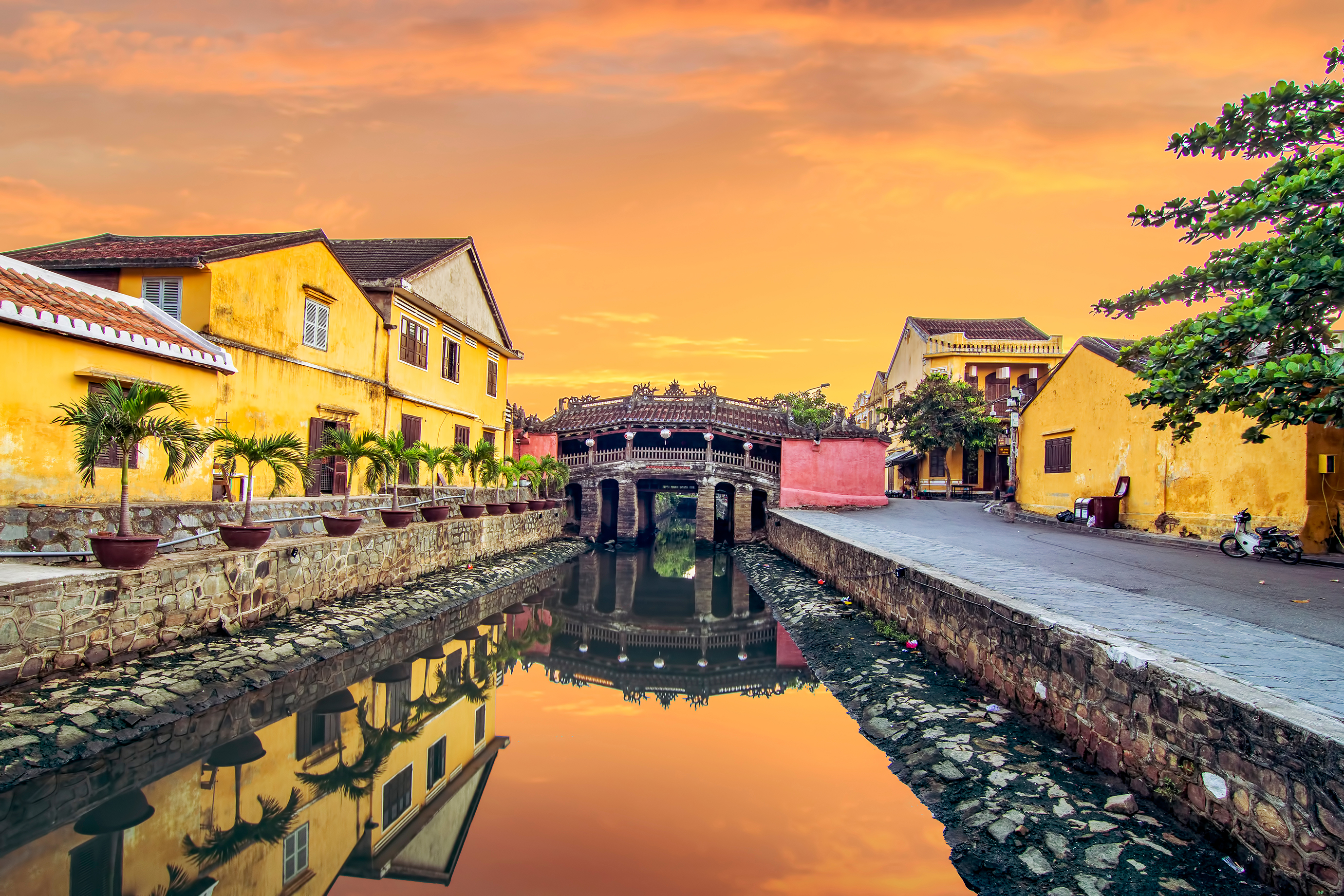
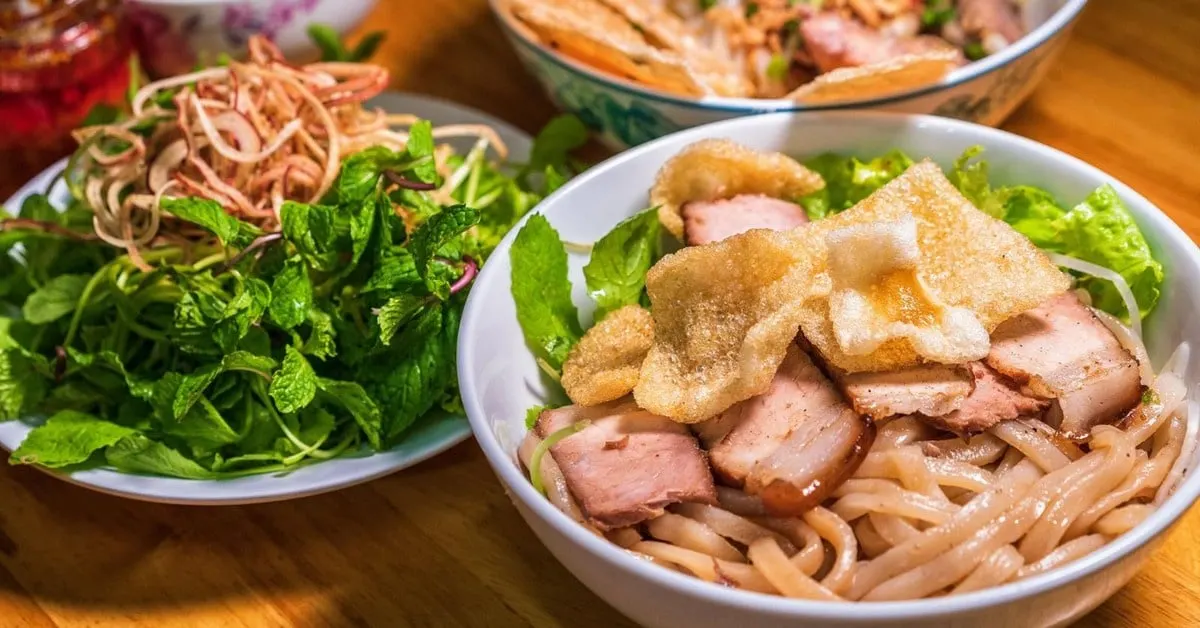
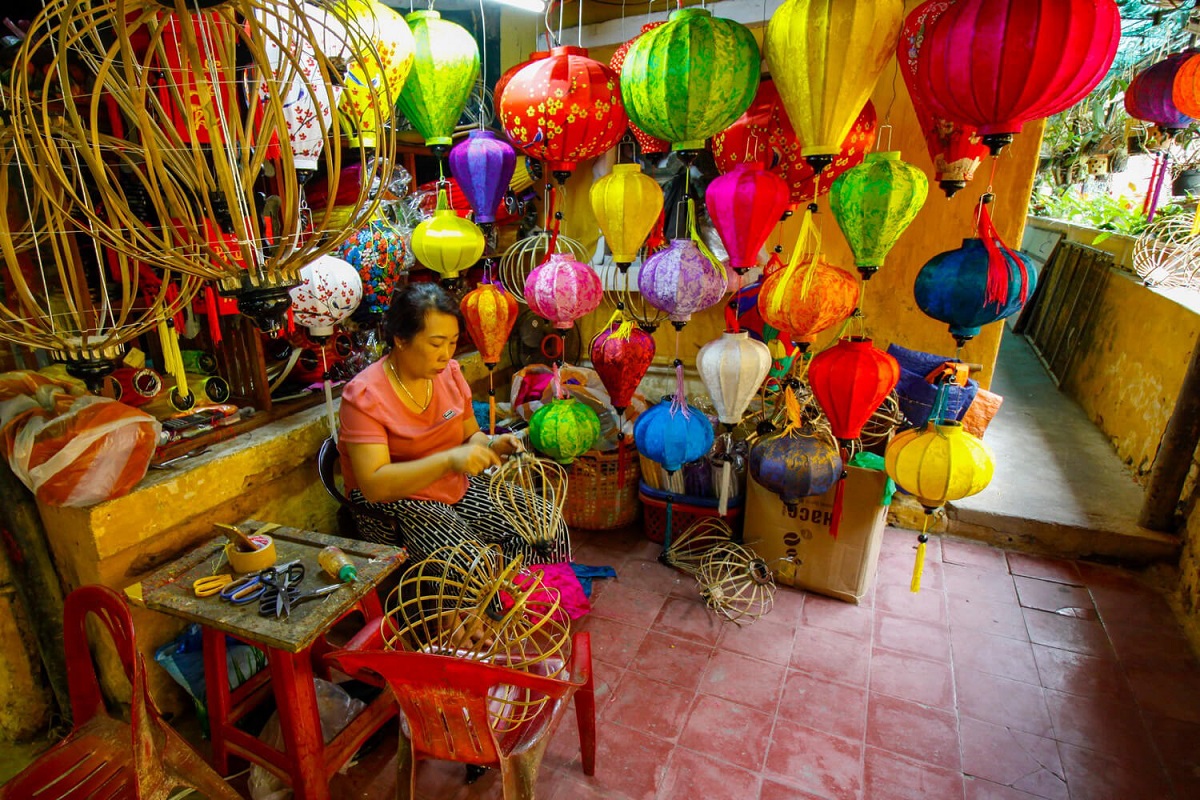




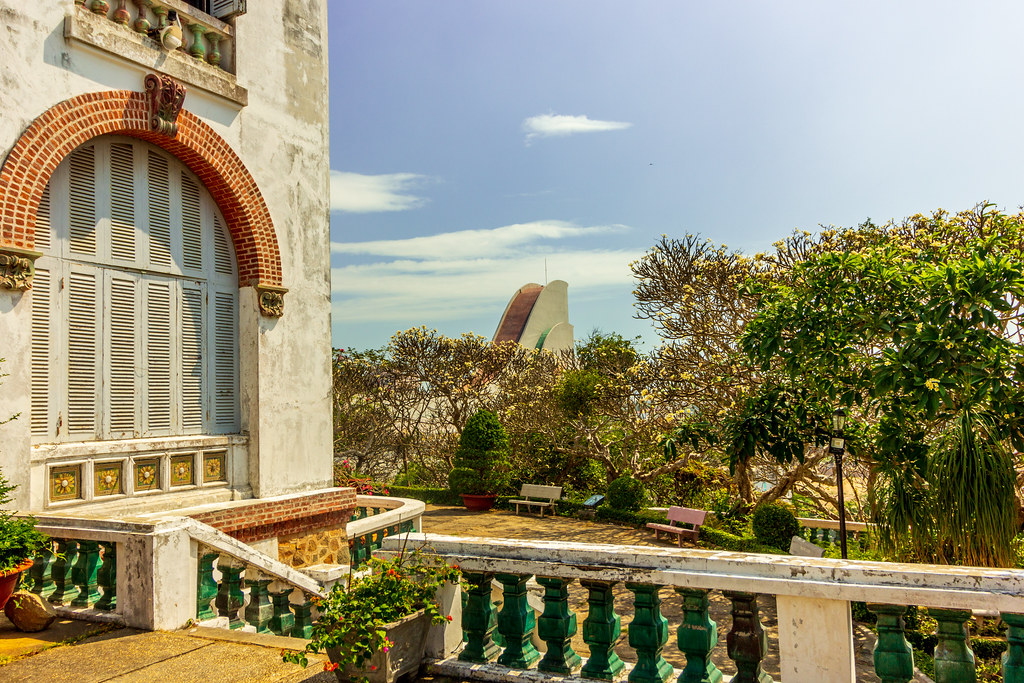
 Hospitality & Accommodation Options
Hospitality & Accommodation Options


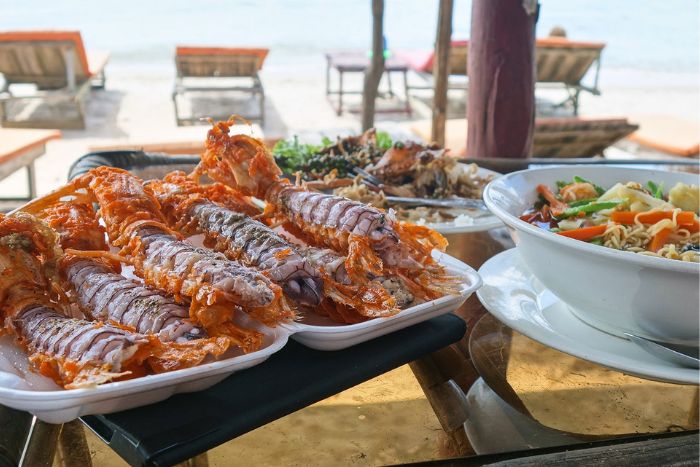


 Beyond the citadel, the
Beyond the citadel, the 

 The culinary scene in Hue is as bold as its history, with dishes that reflect the city’s cultural influences. We found ourselves savoring
The culinary scene in Hue is as bold as its history, with dishes that reflect the city’s cultural influences. We found ourselves savoring